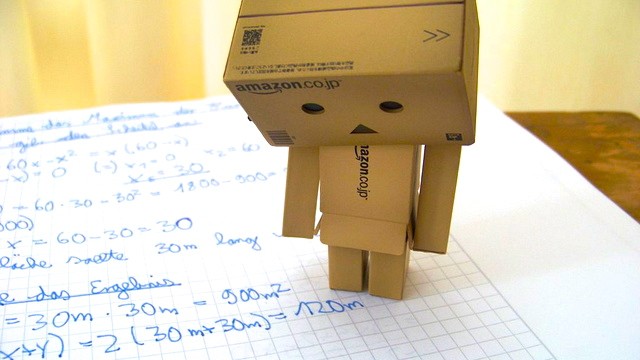
We know a lot about how relationships can enhance learning. We learn better when we "apprentice" ourselves to someone more knowledgeable, for example; when we ourselves teach others; and when we discuss and debate with our peers.
But there are also times when relationships suppress learning. This is the case when parents and teachers—figures of towering importance in the world of children—pass on negative views about particular academic subjects. This passing-on is not deliberate, of course. No parent or teacher would wish to impart feelings of anxiety or aversion regarding learning. And yet that’s often just what happens, according to Elizabeth Gunderson, a researcher at the University of Chicago.
Gunderson and her colleagues recently published an article in the journal Sex Roles that examined the “adult-to-child transmission” of attitudes about learning—in particular, how mothers’ unease with mathematics may be passed down to their daughters. Parents’ “own personal feelings about math are likely to influence the messages they convey about math to their children,” Gunderson notes—and kids will readily recognize if these feelings are negative. Becoming aware of our anxiety is the first step toward stopping such transmission in its tracks.
Previous studies have looked at how parents’ stereotypes (“boys are better at math, and girls are better at reading”) and expectations (for example, holding sons’ academic performance to a higher standard than daughters’) affect their children’s orientation toward learning. Gunderson takes a different tack, suggesting that parents may influence their offspring’s attitudes in two more subtle ways: through their own anxiety, and through their own belief that abilities are fixed and can’t be improved (expressed in commonly-heard comments like “I’ve never been good at science,” and “I can’t do math to save my life”).
Research shows that school-aged children are especially apt to emulate the attitudes and behaviors of the same-sex parent—a source of concern if we want to improve girls’ still-lagging performance in traditionally male-dominated fields like science and mathematics. If mom hates math, a young girl may reason, it’s O.K. for me to dislike it too.

